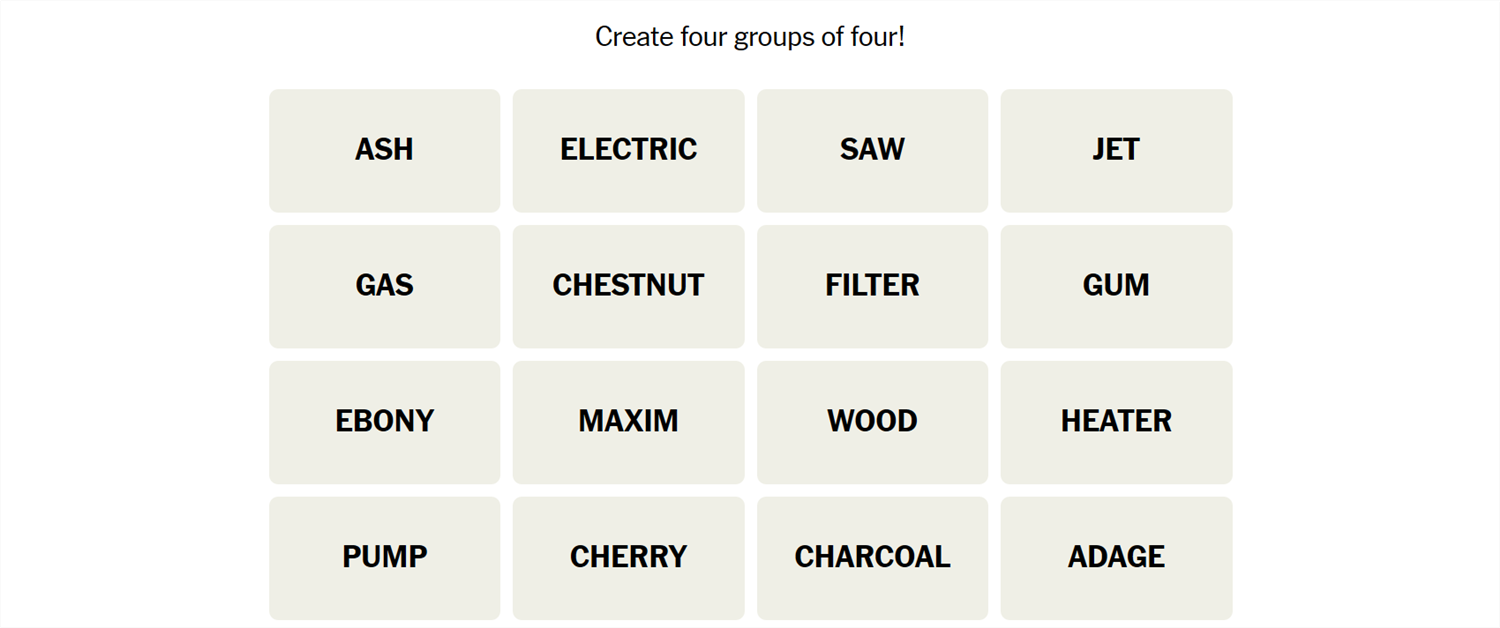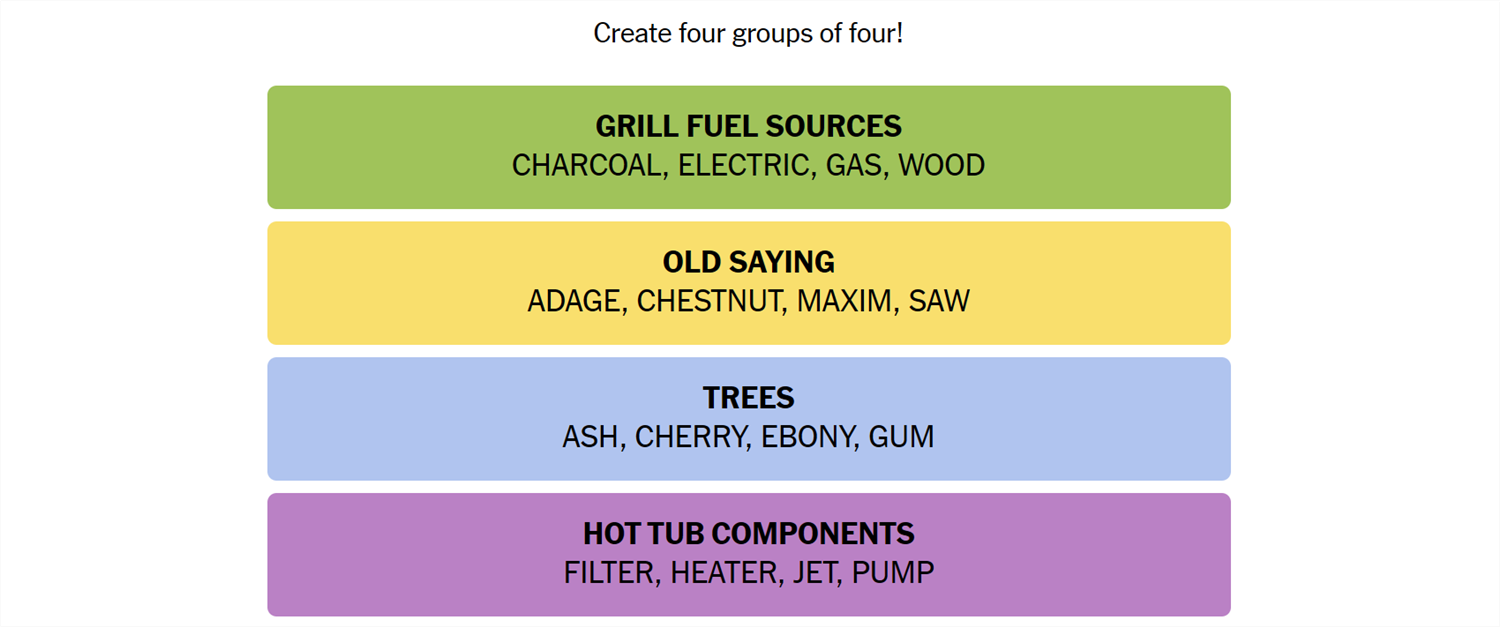Connections is a game from the New York Times that challenges you to find the association between words. It sounds easy, but it isn’t—Connections categories can be almost anything, and they’re usually quite specific. If you need a hand getting the answers, we’ve got you covered.
What Is Connections?
Connections is a game from the New York Times. The objective is simple: sort 16 words into groups of 4. Each group of words will be connected by some common idea or theme. That common element could be anything. We have seen everything from games that rely on the number of letters in the words to categories that require you to spot an extra letter at the end of the word. Sometimes they’re references to economics, other times they reference fairy tales. There is no telling what sort of association there will be between words.
Once you’re confident you understand the connection, select 4 words, then hit “Submit.” You have only four attempts in total, so don’t be too guess-happy.
Hints for Today’s Connections Groups
Here are a few hints for the 385th Connections game to get you started:
- Yellow: Wisdom from the ages.
- Green: Cooking fuels.
- Blue: Large woody plants.
- Purple: It involves lots of hot water.
If you still need help, the actual group names are:
- Yellow: Old Saying
- Green: Grill Sources
- Blue: Trees
- Purple: Hot Tub Components
Today’s NYT Connections Answers
Old Saying (Yellow):
Adage, Chestnut, Maxim, Saw
Grill Fuel Sources (Green):
Charcoal, Electrical, Gas, Wood
Trees (Blue):
Ash, Cherry, Ebony, Gum
Hot Tub Components (Purple):
Filter, Heater, Jet, Pump
How Did We Solve This Connections Game?
June 30th was a very straight forward game—no weird twists.
The first group I spotted was Green, “Grill Fuel Sources.” The words were charcoal, electric, gas, and wood. Pretty straight forward.
Next, likely because I was already thinking about things that could burn, I went with the word chestnut, thinking of the tree. Aggravatingly, there were a total of 5 words that are trees: chestnut, ash, cherry, ebony, and gum. Clearly, one doesn’t belong. Glancing at the other words, adage jumped out, since an alternative definition of a chestnut is “a tidbit of wisdom.” Adage is an old saying. That was enough of a connection for me to run with, and from there it was easy to pick out maxim and saw. Together, adage, chestnut, maxim, and saw belong to the Yellow group, which was “Old Sayin.g”
That left ash, cherry, ebony, and gum as “Trees” in the Blue group.
Filter, heater, jet, and pump are all words that make me think of some kind of hot water system, though I wasn’t sure what. It turned out that Purple was just “Hot Tub Components.”
How Do You Guess Connections Groups?
There is no quick, reliable way to approach Connections like there is with Wordle, since Connections isn’t algorithmic. However, there are a few things to keep in mind that can help.
- Look for similar parts of speech. Are some words verbs and others nouns? Are some adjectives? Try mentally grouping them based on those categories and see if any other patterns jump out at you.
- Are the words synonyms? Sometimes categories will just be synonyms for a phrase, or very close to synonyms. Don’t rely too closely on this, though. Occasionally, Connections will deliberately throw in words that are sometimes synonyms to mislead you.
- Try saying the words. Sometimes, saying the words helps. One puzzle we saw included the words go, rate, faster, clip, pace, speed, move, commute, and hurry—all of which are obviously related to the idea of motion. However, when you say them, it becomes a little more obvious that only four (go, move, hurry, faster) are things you’d actually say to prompt someone to get moving.
- Expect the red herring. Connections usually has words that could be plausibly, yet incorrectly, grouped together. Take the words Bud, Corona, and Light, as an example. You might instinctively see those three words together and assume they’re lumped together in a category related to beer—but they weren’t.
- Look for distinct words. If a word on your board doesn’t have multiple meanings or can really only be used in one context, try using that word as the basis for a category.
- Shuffle the board. Sometimes, moving words around will help you look at them in new ways.
If you didn’t solve this one, don’t feel too bad—there’s always tomorrow! And those words may align with a topic you’re interested in, giving you a leg up on the competition.






